Apple's much-anticipated foldable iPhone is finally taking shape, and the breakthrough features emerging from recent reports suggest this could be the device that revolutionizes the foldable market. While competitors have struggled with fundamental design flaws for years, Apple appears ready to address these issues with three game-changing innovations that could set a new industry standard.
The timing couldn't be more strategic. Current foldable adoption sits at just 1% in key markets, despite Samsung launching its first model back in 2019. Apple's entry into this space in 2026 represents more than just another product launch—it's potentially the catalyst that transforms foldables from niche curiosities into mainstream must-haves. Industry analysts project the device will launch as part of the iPhone 18 lineup in September 2026, marking nearly two decades of iPhone innovation.
The crease-free display breakthrough that changes everything
Here's what sets Apple apart: while every existing foldable phone shows visible creases that worsen over time, Apple has reportedly achieved the first truly crease-free foldable display. This isn't just a minor improvement—it's solving the biggest complaint consumers have about current foldables.
The crease problem has plagued every foldable since Samsung's 2019 launch. Even the latest Galaxy Z Fold models develop that permanent line down the middle that catches light at awkward angles and constantly reminds you you're using compromised technology. It's been the Achilles' heel that's kept foldables from mainstream adoption.
Apple's engineering breakthrough centers on precision stress management. The company uses a custom-designed metal plate system to manage stress during screen folding, combined with laser drilling technology that creates microstructures to guide stress distribution. Rather than allowing random bending that creates weak points, Apple's system controls exactly where and how the folding occurs at a molecular level.
This system eliminates the crease regardless of cost implications, demonstrating Apple's commitment to perfecting the technology before launch. This approach directly enables the superior camera implementation and hinge durability we'll explore—the crease-free display provides the stable foundation that makes Apple's other innovations possible.
The collaboration behind this breakthrough reveals Apple's supply chain mastery. Samsung Display has been developing OLED panels for Apple since last year, working alongside hinge manufacturer Amphenol to create completely integrated display technology. Most significantly, the foldable iPhone will use a custom display process that Apple holds trademark rights for, suggesting this breakthrough will remain an Apple exclusive that competitors can't easily replicate.
Revolutionary under-display camera technology
The second breakthrough directly leverages Apple's crease-free display advantage: Apple's foldable iPhone will feature an industry-first 24-megapixel under-display selfie camera, a quantum leap beyond the 4-8 megapixel sensors typically found in current under-display implementations.
Previous under-display cameras failed because manufacturers had to compromise on resolution to compensate for image quality degradation. The stable, crease-free surface Apple has achieved provides the consistent light transmission needed for higher-resolution sensors to function properly.
This represents a fundamental advance in display technology integration. Current under-display cameras suffer from poor image quality due to being behind display layers, but Apple's breakthrough in light transmittance and image processing delivers sharp, detailed photos that rival traditional front-facing cameras. The crease-free display eliminates the light distortion that has plagued previous under-display camera attempts.
Apple's implementation strategy maximizes usability across both form factors. The outer display will have a hole-punch camera when folded, while the inner display features the under-display camera when opened. This ensures reliable camera performance in quick-access folded mode while providing the seamless display experience users want from the larger inner screen.
The device will have four total cameras: dual 48-megapixel rear cameras, the external front camera, and the revolutionary 24-megapixel under-display camera. This configuration ensures optimal photo quality in every usage scenario—something current foldables consistently fail to deliver due to their display compromises.
Liquid metal hinge engineering excellence
The third breakthrough demonstrates how Apple's integrated approach amplifies each innovation. Apple plans to use liquid metal for the iPhone's hinge, which will improve durability far beyond current industry standards while directly supporting the crease-free display's stress management system.
Liquid metal's unique properties make it ideal for supporting Apple's display breakthrough. Unlike traditional metals with crystal structures that create failure points, this material has a structure that is more resistant to bending, deformation, and denting than traditional metal, providing the consistent mechanical support needed for the crease-free display system to function over thousands of cycles.
The engineering integration extends beyond materials science. The hinge will combine stainless steel and titanium alloy with liquid metal components, creating a multi-material system where each element supports the others. The liquid metal components handle the repetitive stress, while titanium provides structural strength, and stainless steel offers precision engineering tolerances.
Apple's performance targets exceed industry standards by significant margins. Apple's hinge will be higher quality than hinges used for other foldable smartphones, enabling the device to measure 9-9.5mm thick when folded and just 4.5-4.8mm when unfolded. This remarkable thinness is possible because the hinge engineering directly supports the display's stress management system, allowing for more aggressive form factor optimization.
What this means for the foldable future
These three breakthrough features work synergistically to address every fundamental barrier to foldable adoption. The crease-free display eliminates the aesthetic compromise, the 24-megapixel under-display camera solves the functionality trade-off, and the liquid metal hinge ensures long-term reliability. Apple's approach could revolutionize the foldable device market by eliminating the crease and improving durability.
The market projections reflect this transformative potential. Apple expects to produce 8-10 million units in 2026, potentially increasing to 20-25 million in 2027. To put this in context, market research shows only 19.3 million foldables were sold globally in 2024—Apple's projected volumes could nearly double the entire market within two years.
The pricing is projected between $2,000 and $2,500, positioning it as a premium device that redefines consumer expectations for foldable technology. While expensive, this represents only a modest premium over current flagship foldables that cost $1,800-$2,000, yet deliver significantly compromised experiences.
The strategic implications extend far beyond a single product launch. Apple's entry into foldables represents the company's most significant iPhone transformation in its 17-year history, potentially creating an entirely new product category that bridges phones, tablets, and productivity devices. With crease-free displays, seamless camera integration, and enterprise-grade durability, the foldable iPhone could establish the template that defines the next decade of mobile computing.
Bottom line: Apple isn't just entering the foldable market—it's preparing to lead it with innovations that solve every major complaint about current foldables. If Apple delivers on these promises, the foldable iPhone could finally make foldables mainstream by eliminating the compromises that have kept them niche.




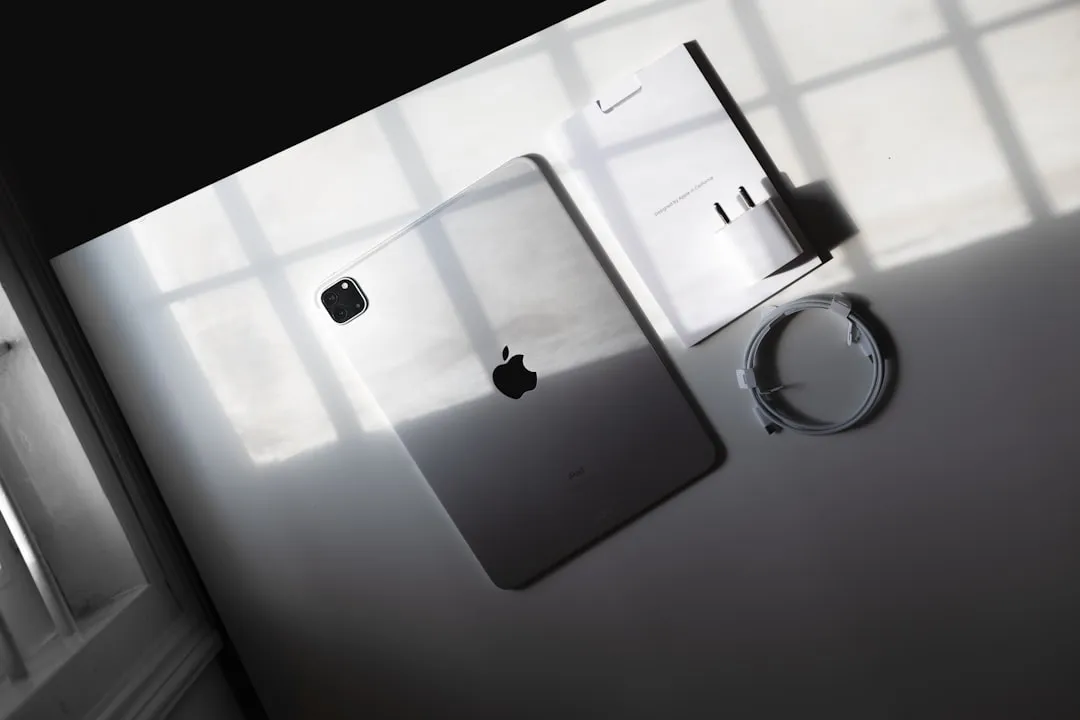
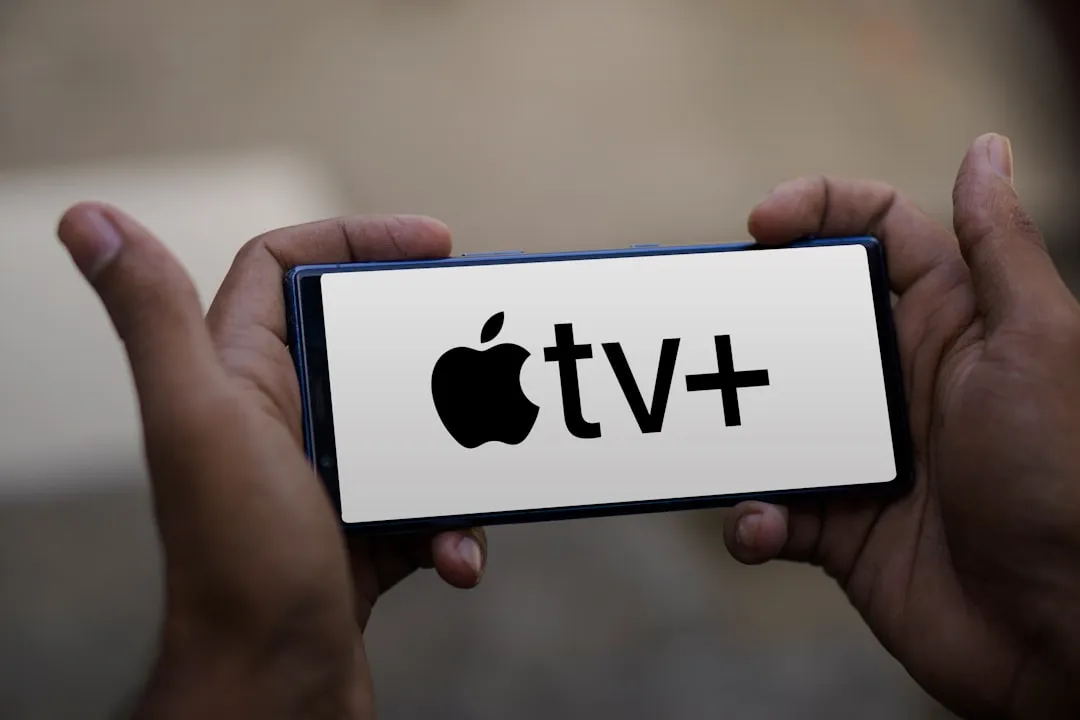


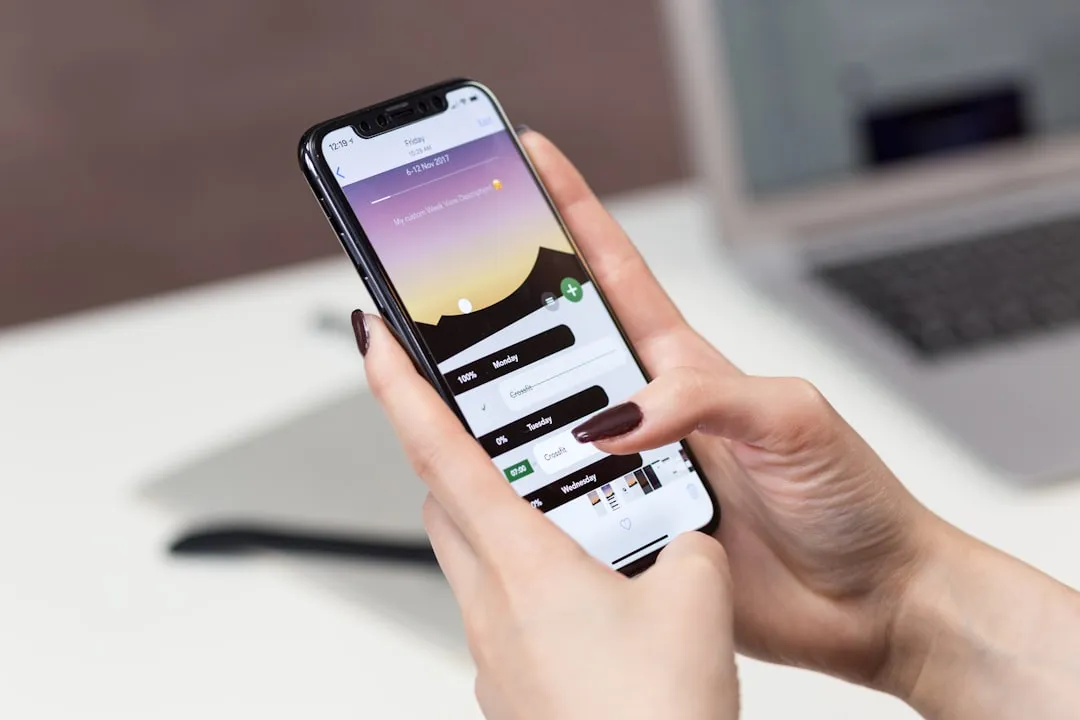

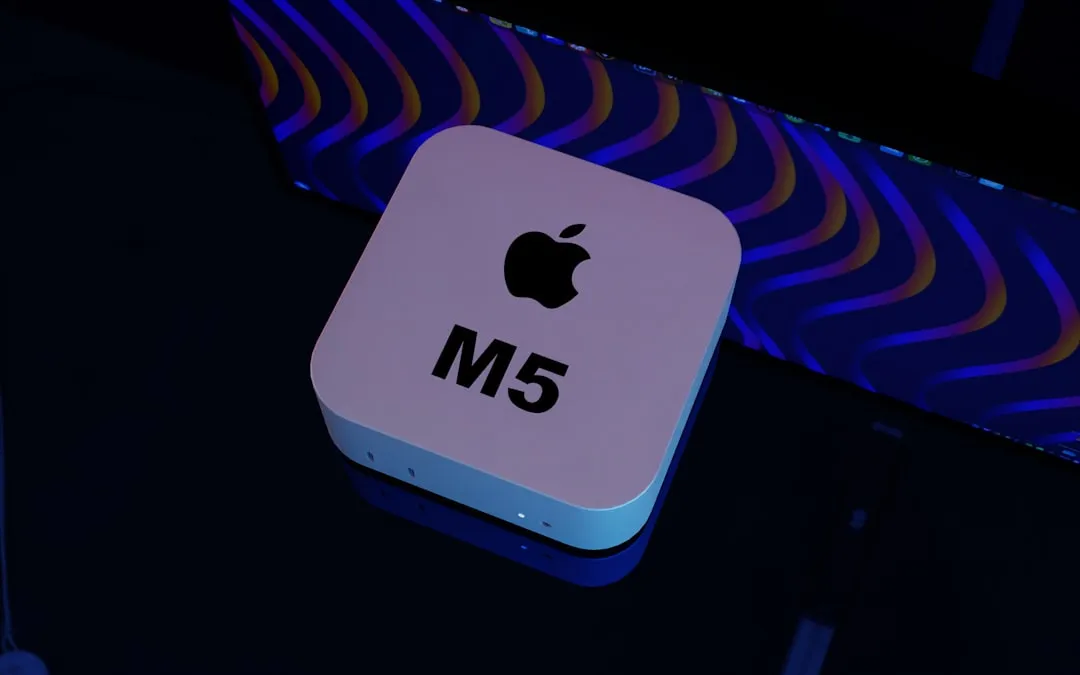
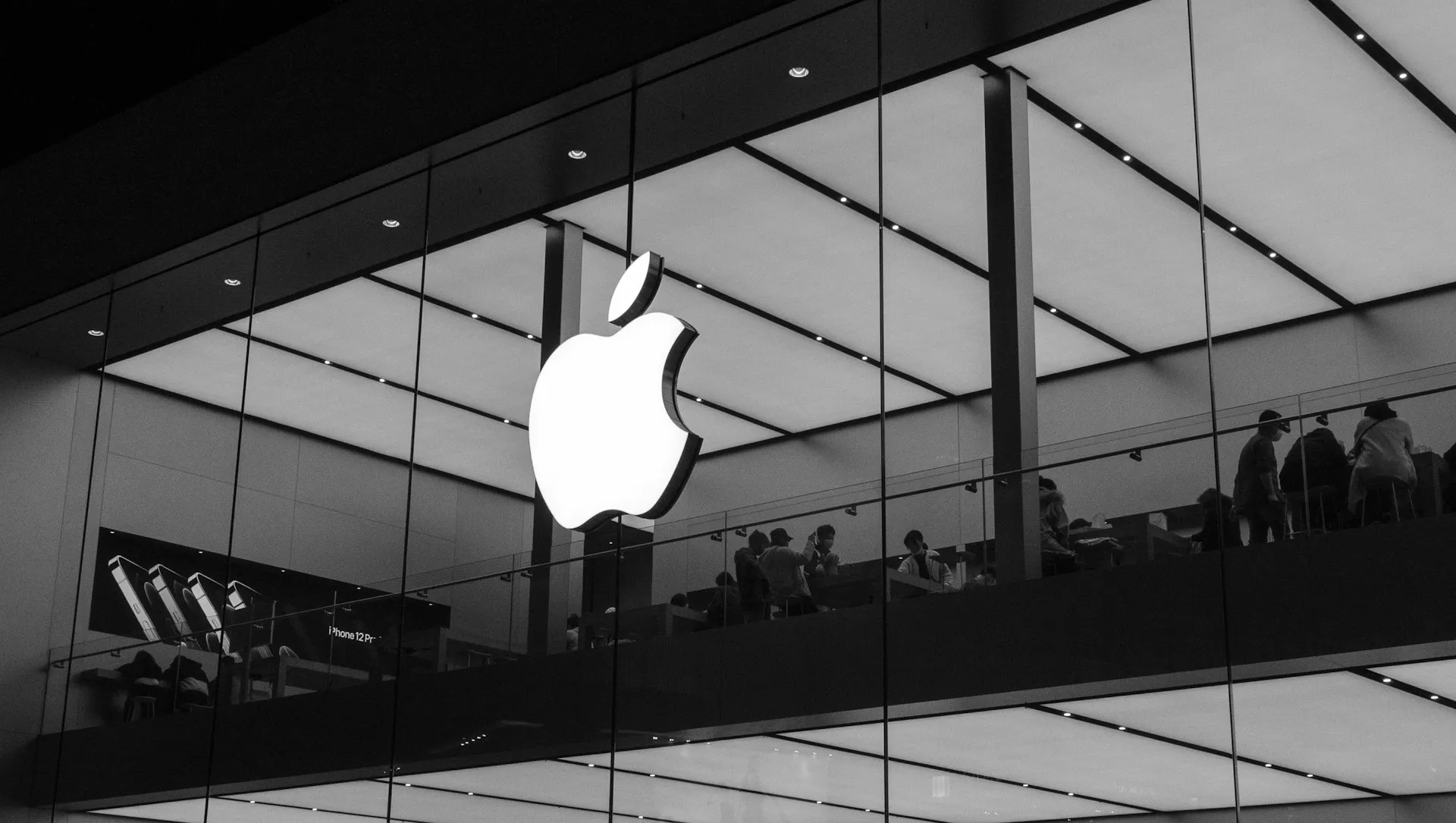

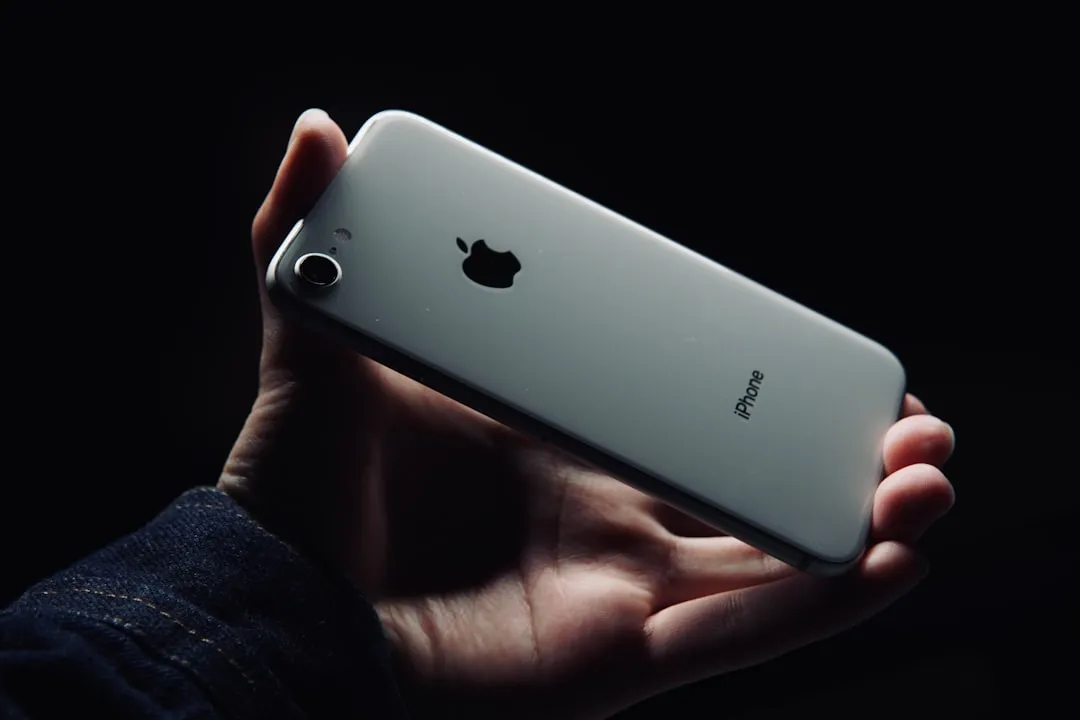

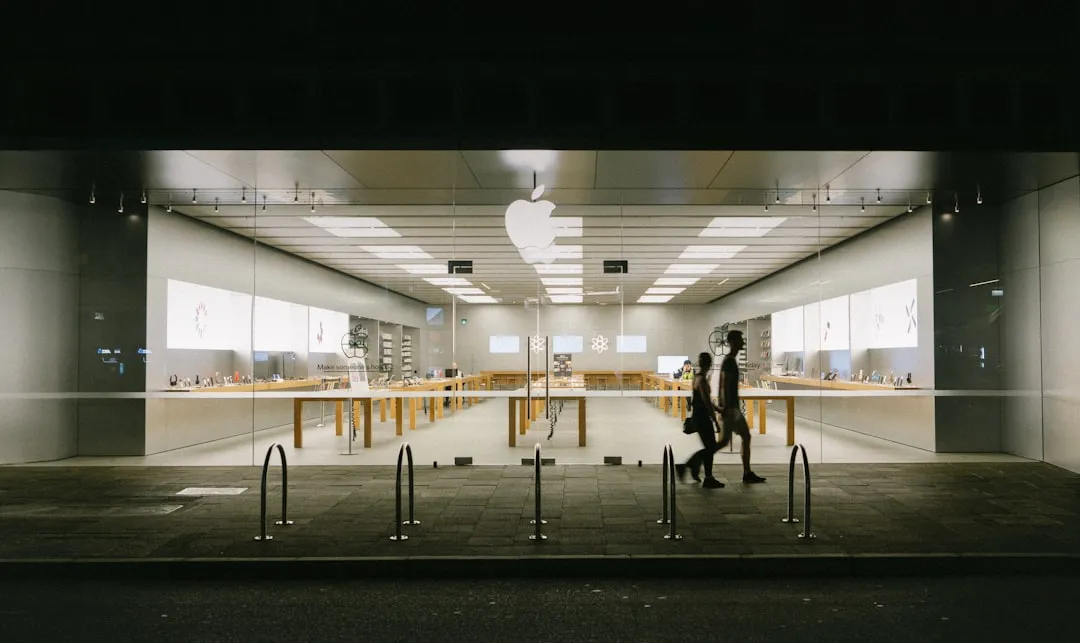

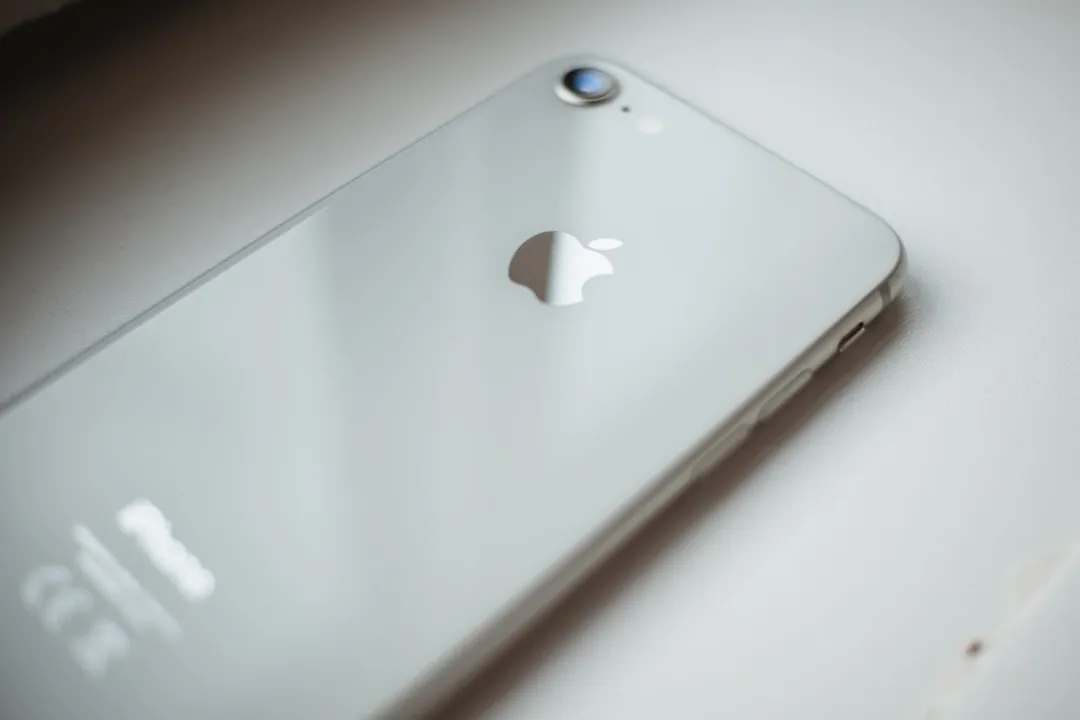
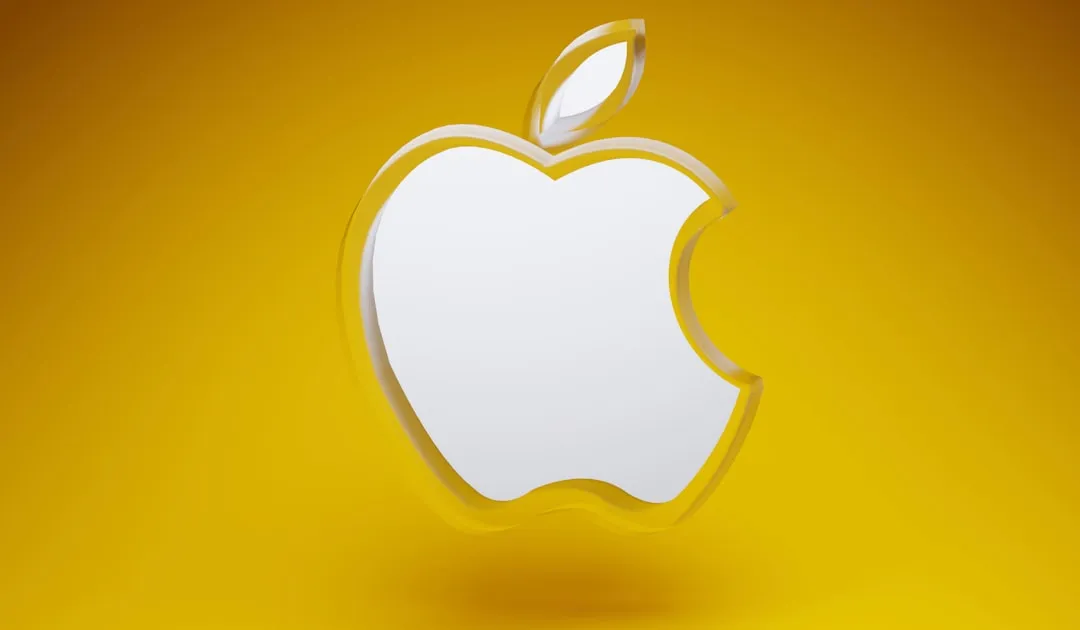
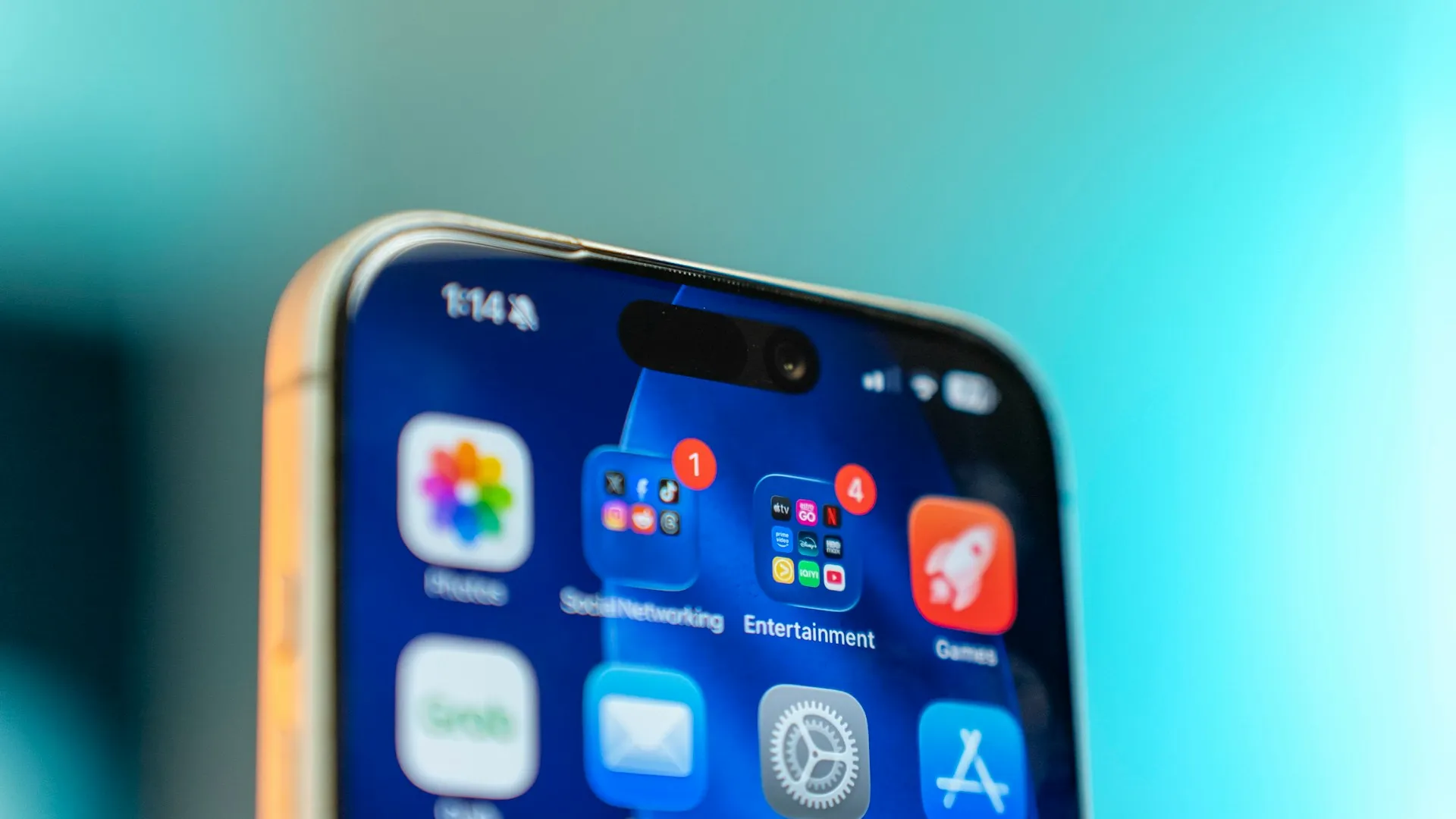
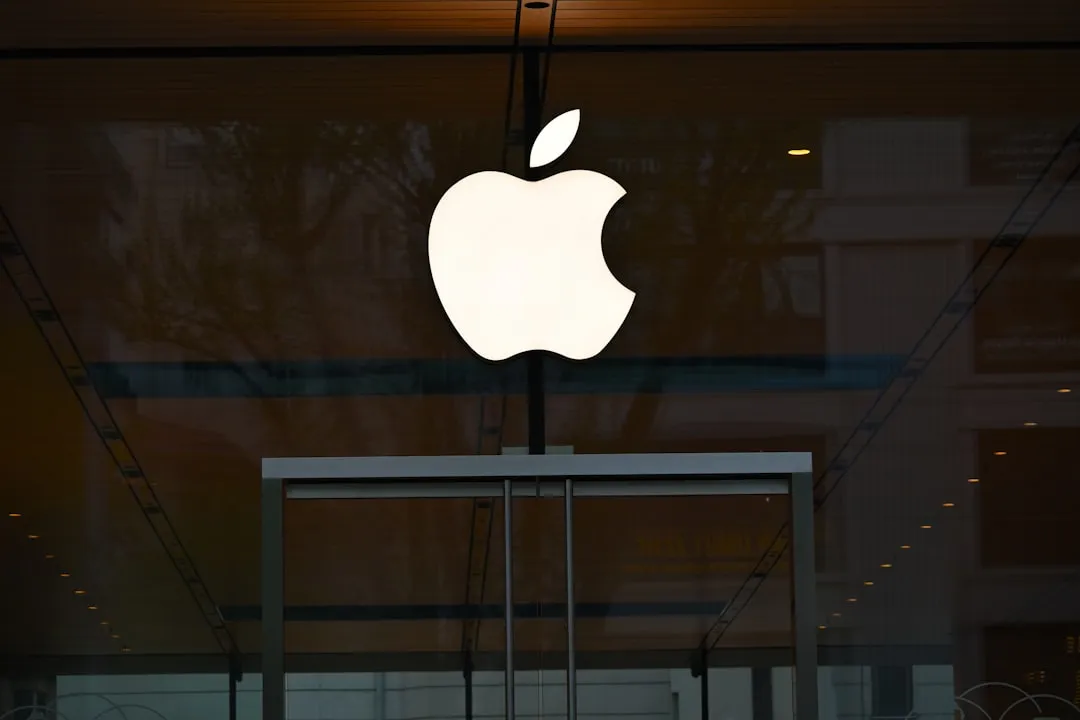


Comments
Be the first, drop a comment!